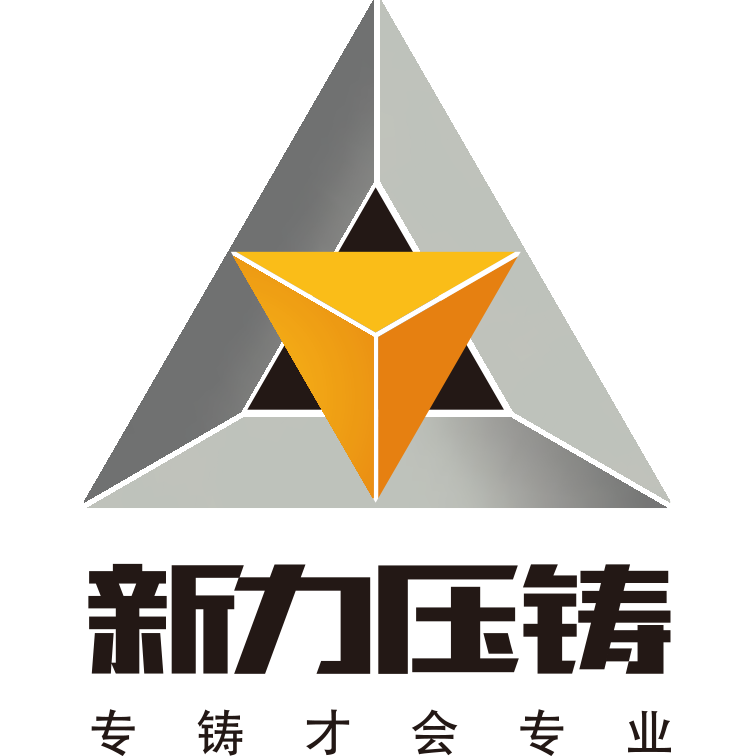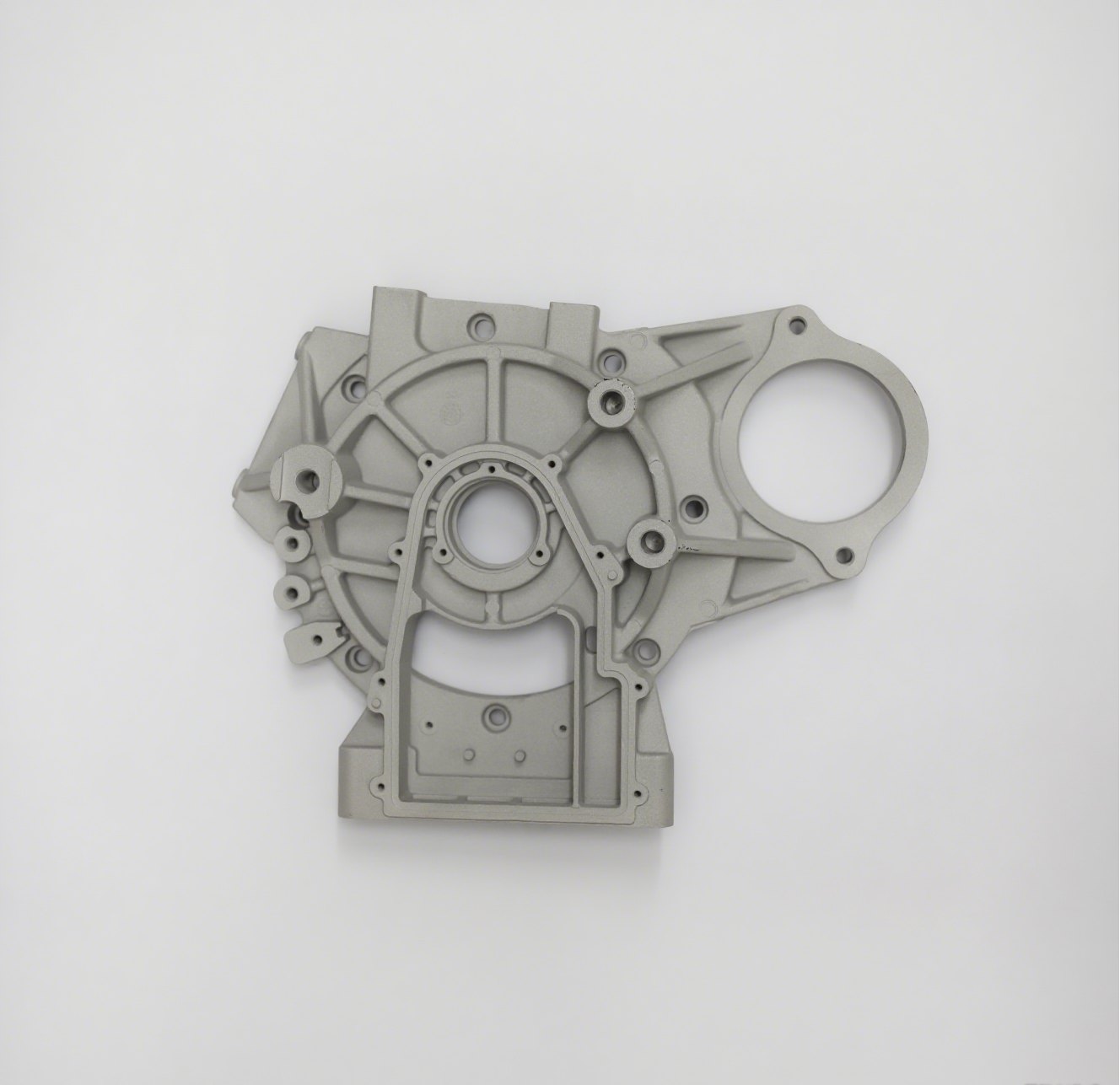Product Features:
1. Lightweight, Strong Aluminum-Based Materials, Balancing Weight Reduction and Load-Bearing Performance
Material: Utilizing 6061-T6 high-strength aluminum alloy, with a density of only 2.7g/cm³, it is 60% lighter than a cast iron housing, effectively reducing the vehicle's unsprung mass and improving fuel economy. With a tensile strength of 290MPa and a yield strength of 240MPa, it can withstand transmission torque shocks of 200-500N·m.
Lightweight Design: Through topological optimization, the wall thickness in critical load-bearing areas is reduced to 3.5mm, while the thickness in non-load-bearing areas is reduced to 1.8mm, resulting in a further 18% weight reduction. This contributes to the lightweight upgrade of the vehicle's powertrain and improves acceleration response by 7%.
2. Die-casting Process Breakthrough, Complex Structures Molded in One Shot
Precision Integration: Complex features such as the inner cavity (15mm depth), transmission support ribs (2mm spacing), and connection holes (φ6±0.05mm) are die-cast in an integrated manner, eliminating joint gaps and stress concentrations. This improves transmission assembly accuracy by 45%, with power transmission deviation ≤0.03mm.
Technical Breakthrough: Overcoming the challenges of deep cavity die-casting (mold draft angle ≤1°) and multiple undercuts (five complex structures). Internal porosity is ≤1%, and leak-free after 500 hours of airtightness testing, equivalent to 200,000 kilometers of reliable vehicle operation.
3. Structural Design, Optimizing Transmission Mechanical and Performance
Reinforced Support Ribs: 8 radial + 4 annular support ribs form a "mechanical protection net," increasing housing rigidity by 60%, effectively protecting against high-frequency gear impact (≤3000 shifts/minute), reducing transmission NVH (noise and vibration) by 12dB, and improving shifting smoothness by 20%.
Precision-Fit Interface: The connection holes achieve a ≥99.5% fit with the input and output shafts, ensuring zero-lag power transmission. Compatible with a wide range of transmission architectures, including automatic transmissions, dual-clutch transmissions, and continuous transmissions, with a compatibility rate exceeding 90%.
Synergic Thermal Management: Support ribs work collaboratively with the transmission oil cooling channel to accelerate heat transfer, reducing transmission operating temperatures by 15°C and extending transmission oil change intervals by 25%.
4. Enhanced Performance to Meet Complex Automotive Operating Conditions
Wear Protection: The surface undergoes a hard anodizing treatment, creating an oxide film 10-15μm thick, improving wear resistance by 50%, protecting against friction damage to gears and shafts, and extending transmission overhaul intervals by 35%.
Fatigue Resistance: Passing 1 million alternating stress cycles, the probability of fatigue fracture is reduced by 40%. Adapting to diverse operating conditions, including urban congestion and high-speed cruising, it meets automotive requirements for long life and high reliability.
5. Customized Ecosystem, Full-Chain Adaptation for the Automotive Industry
Multi-Vehicle Adaptation: Supports customized transmission housings for sedans, SUVs, commercial vehicles, and more, with a mold development cycle of ≤30 days, enabling rapid response to automakers' needs for new model iterations.
Digital Collaboration: Providing 3D digital models and MBD data, it helps automakers digitize the entire process from virtual assembly to simulation verification to mass production, improving development efficiency by 50%.
6. Green Manufacturing, Aligned with Sustainable Industrial Development
Material Recycling: Aluminum alloy is 100% recyclable, and production carbon emissions are 60% lower than those of cast iron, contributing to the automotive industry's "Dual Carbon Goals."
Energy Consumption Optimization: Compared to traditional machining, the die-casting process consumes 45% less energy, minimizing the environmental impact of the manufacturing process and supporting the automotive industry's "cost and emission reduction" efforts.


